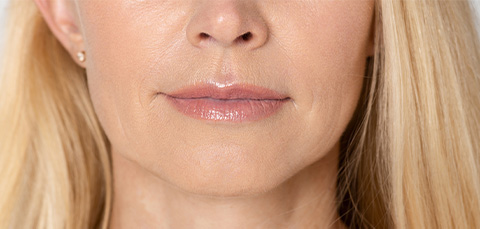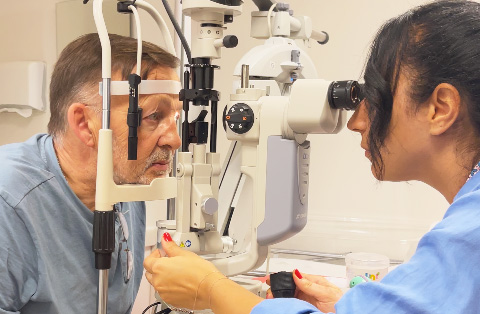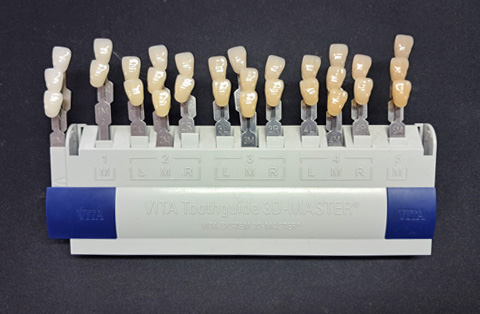Lip ptosis causes drooping, affecting appearance, speech, and function. Treatments like therapy, fillers, or surgery can restore balance and confidence. Discover the best solution for you.
What is Lip Ptosis?
Lip ptosis is the drooping or sagging of the upper or lower lip due to muscle weakness, nerve damage, or structural changes. It can affect facial appearance, speech, and oral function. This condition may develop due to aging, trauma, previous surgeries, or neuromuscular disorders. Treatment options vary depending on the cause and severity.
Related Content: Facial Paralysis
How Does It Affect Facial Appearance?
Lip ptosis alters facial symmetry and expression. A drooping lip can create an unbalanced look, making one side of the mouth appear lower than the other. In severe cases, it may give a sad or tired appearance. The loss of lip support can also affect the overall shape of the face, making the lower half look elongated or uneven.
What Are the Symptoms?
Symptoms of lip ptosis vary depending on the severity. Common signs include:
Drooping of the upper or lower lip
Difficulty closing the mouth properly
Speech changes, such as slurred words
Increased saliva buildup or drooling
Asymmetry in facial expressions
Difficulty eating or drinking without spillage
These symptoms can affect both appearance and daily functions.
Causes of Lip Ptosis
Lip ptosis can result from various factors, including nerve damage, muscle weakness, and structural changes. Common causes include:
Aging: Natural loss of muscle tone and skin elasticity.
Nerve Damage: Facial nerve injury from trauma, surgery, or conditions like Bell’s palsy.
Previous Surgeries: Complications from procedures such as lip lifts, facelifts, or nerve surgeries.
Trauma: Direct injury to the lips or surrounding structures.
Neuromuscular Disorders: Conditions like stroke, myasthenia gravis, or multiple sclerosis.
Botox or Filler Complications: Overuse or incorrect placement of injectables affecting muscle function.
The cause determines the treatment approach.
How Is Lip Ptosis Diagnosed and What Tests Are Involved?
A doctor diagnoses lip ptosis through a physical examination and medical history review. They assess facial symmetry, muscle strength, and nerve function. Tests may include:
Neurological Examination: Evaluates nerve damage and muscle weakness.
Electromyography (EMG): Measures electrical activity in lip muscles.
MRI or CT Scan: Identifies structural issues, tumors, or nerve compression.
Speech and Swallowing Assessment: Determines functional impact on eating and speaking.
These tests help find the underlying cause and guide treatment options.
What Treatment Options Are Available for Lip Ptosis?
Treatment for lip ptosis depends on the cause and severity. Options include:
Physical Therapy: Facial exercises to strengthen muscles and improve movement.
Botox or Fillers: Used to balance asymmetry by relaxing or supporting certain muscles.
Neuromuscular Stimulation: Electrical stimulation to improve muscle function.
Surgical Correction: Procedures like lip lifts, nerve grafting, or muscle repositioning for severe cases.
Medication: If caused by a neurological condition, treatment may include specific drugs.
A doctor will recommend the best approach based on individual needs.
Can a Facelift Help Correct Lip Ptosis?
A facelift can be an alternative treatment for lip ptosis in certain cases. It may help if sagging is due to aging or overall facial laxity. By tightening the skin and underlying tissues, a facelift can improve lip position and restore facial balance. However, it may not be effective for cases caused by nerve damage or muscle weakness. A doctor will determine if a facelift is suitable based on the underlying cause.
Lip Reconstruction Surgery: A Restorative Solution for Lip Ptosis
Yes, lip reconstruction surgery can be an alternative for treating lip ptosis, especially in severe cases. This procedure restores lip function and appearance by using tissue grafts, muscle transfers, or nerve grafting. It is often recommended for patients with trauma, congenital defects, or nerve damage. A surgeon will determine the best technique based on the severity and cause of the condition.
Can Lip Ptosis Be Prevented or Managed at Home?
Lip ptosis may not always be preventable, but some steps can help manage or reduce its impact:
Facial Exercises: Strengthen lip and facial muscles to improve function.
Good Posture: Supports facial symmetry and muscle balance.
Avoid Excessive Botox or Fillers: Overuse can weaken lip muscles.
Protect Against Injury: Prevent trauma that could damage facial nerves.
Moisturize and Care for Lips: Keeps skin and tissues healthy.
For mild cases, these measures may help. Severe cases require medical treatment.
When to seek professional medical advice for lip drooping
Seek medical advice if lip drooping:
Appears suddenly, especially with other symptoms like weakness or difficulty speaking (may indicate a serious condition like stroke).
Worsens over time or affects daily activities like eating or speaking.
Occurs after surgery, trauma, or cosmetic procedures.
Is accompanied by numbness, pain, or muscle twitching.
A doctor can identify the cause and recommend appropriate treatment.
How Does Lip Ptosis Affect Quality of Life and What Support Is Available?
Lip ptosis can impact both physical function and emotional well-being. It may cause:
Speech Difficulties: Affecting pronunciation and communication.
Eating Challenges: Leading to drooling or difficulty keeping food and liquids in the mouth.
Self-Esteem Issues: Changes in facial appearance may affect confidence.
Support options include:
Speech Therapy: Helps improve articulation and oral control.
Counseling or Support Groups: Provides emotional support for coping with appearance changes.
Medical and Surgical Treatments: Improve function and restore facial balance.
Early intervention can help manage symptoms and improve quality of life.





